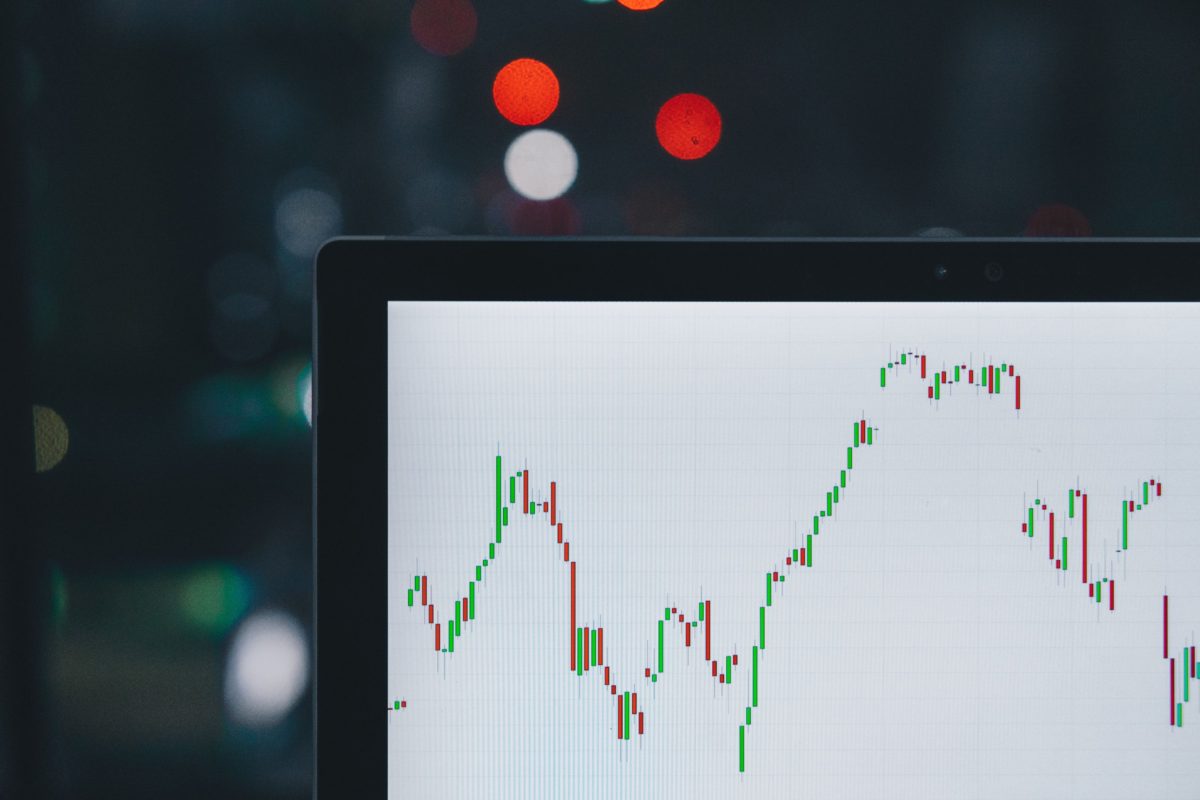Everyone loves a good underdog story in which an unlikely hero takes on a mighty foe in the face of overwhelming odds. The recent US stock market uprising involving the mobilisation of retail investors to collectively drive up the share price of GameStop, a video-game retailer best known for its bricks and mortar stores, can […]
Category Archives: Macroeconomics and Monetary Policy
In 2020, one of the interesting topics being discussed in parallel to central bank digital currency (CBDC) is programmable money (PM). Like CBDC, programmable money does not appear to have a clear definition. In this post we will discuss our understanding of programmable money, its potential usefulness and possible obstacles to future use. What is […]
The following is the first in a series of blog posts on central bank digital currencies (CBDCs). The purpose of this post is a discussion of the sudden surge of interest in CBDCs. Motivations for CBDCs With the evolution of technology, digital payments have been on the rise. As technology has increasingly been leveraged to […]
In this Suara SEACEN article, we show that global output growth slows down during pandemics, and global growth in the post-pandemic period is slightly lower than the pre-pandemic period. This article argues that public health must remain the top priority; and fiscal stimulus that will cushion the severe impacts of the pandemic must play dominant […]
Capital flows and their volatility present challenges for economic policy makers. They can exacerbate economic cycles. Their outflows can lead to costly “sudden stops”. One particular form of capital flows, namely foreign direct investment (FDI) has been regarded differently compared to other forms of capital flows like debt and portfolio flows. First, unlike foreign portfolio […]
Since the global financial crisis, a number of central banks have been undershooting their inflation targets. Over this period labour markets have tightened steadily in many countries with unemployment rates reaching record lows. At the same time, wage growth has remained weak by historical standards. Some researchers argued that the Phillips curve, the main paradigm […]
In the wake of the Great Financial Crisis, the Basel Committee on Banking Supervision (BCBS) argued for counter-cyclical capital buffers and published operational guidelines (BCBS 2010) for regulators. The cornerstone of the BCBS proposal was the use of cyclical movements in the credit-to-GDP ratio gap to trigger increases in the capital required to be held […]
In the aftermath of the global financial crisis of 2008-09, accommodative monetary policy, mainly through unconventional means, provided liquidity support which eased financial conditions in the crisis-hit economies of the U.S. and Europe. But the low interest rate environment has encouraged greater risk-taking among corporates and non-bank financial institutions resulting in a build-up of corporate […]
The weakening of the dollar and the end of its dominance of the global financial system has alternately been predicted and appealed for over many years. Yet the fact that this is now being publicly called for by a member of the establishment, indeed by no less than the Governor of the Bank of England […]
Modern Monetary Theory (MMT) has attracted attention recently in the United States in part because it has become associated with certain Democratic Presidential hopefuls, but also because it has been noticed by Wall Street Bankers.
- 1
- 2










